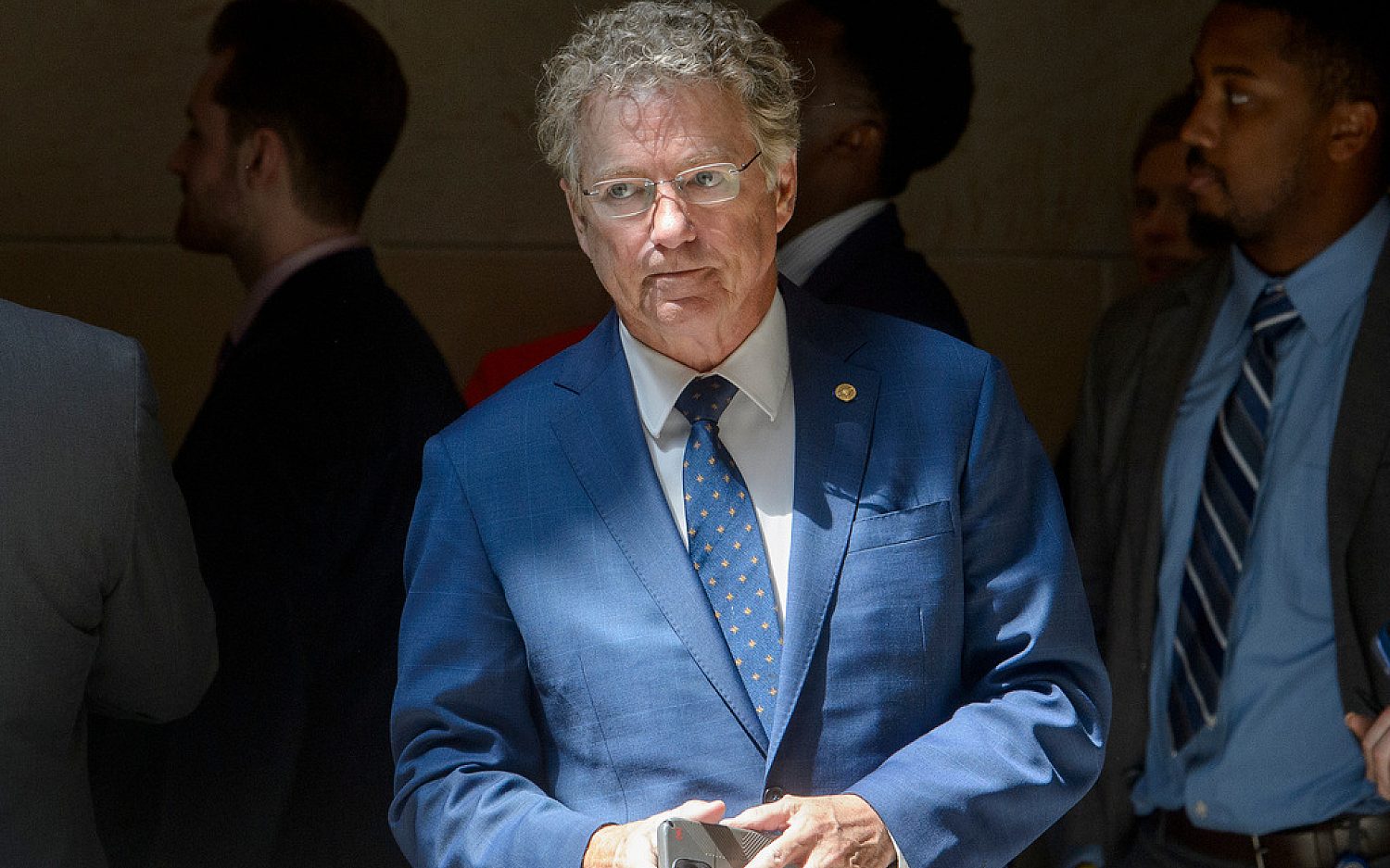Oregon study punches new holes in Obamacare claims
Patients with insurance spend more time in the ER, not less
An eye-popping study published online Thursday in the journal Science offers a dire forecast for the healthcare law that largely went live Jan. 1: As more people obtain free healthcare coverage, they may overrun emergency rooms, at least in the short term.
The study strongly challenges a claim made by the new healthcare law’s supporters—including President Barack Obama—who have said that expanding insurance coverage would lower health costs by reducing the number of ER visits. The thinking is that people with insurance will be more likely to obtain preventative care, heading off medical problems before they develop a condition requiring urgent treatment.
Instead, researchers found that patients in Oregon were 20 percent more likely to visit the ER once they obtained Medicaid coverage, compared to patients without coverage. Over an 18-month period, poor residents who did not have Medicaid went to Portland-area emergency rooms once, on average. Those with Medicaid averaged 1.4 visits.
The patient behavior in Oregon aligns with the economic principle that people are more likely to use a service as it becomes cheaper. In practical terms, low-income patients are more likely to visit an emergency room if they’re not worried about getting an unaffordable bill, said study co-author Katherine Baicker, a healthcare economist at the Harvard School of Public Health in Boston.
“Imagine a patient sitting at home with a set of symptoms, wondering whether it warrants a trip to the emergency department,” Baicker told me on Friday. “Maybe it’s a sprained ankle that could be broken, or a cough that won’t go away. The patient might make a different decision if insured.”
Estimating that each ER visit cost an average of $435, Oregon patients covered under Medicaid generated $120 more in ER expenses per year.
If the Oregon results were extrapolated across the nation, the cost for ER visits alone could surge hundreds of millions of dollars under the Affordable Care Act. Last year, Avalere Health estimated 15 million people may receive new Medicaid coverage under Obamacare by 2017. So far, only 25 states and the District of Columbia have agreed to expand Medicaid under the terms of the new healthcare law, with heavy subsidies from the federal government at the outset.
Emergency rooms could find themselves flooded with new patients. “These findings explode the myth that health insurance access will reduce the strain on emergency services,” wrote Raymond Fisman, an economist at Columbia Business School, in a commentary that accompanied the Science paper.
Other studies have looked at the relationship between health insurance and ER visits but produced conflicting results. Thursday’s study is especially powerful because of how the patients were selected. In 2008, Oregon launched a program to expand health coverage and used a lottery to offer Medicaid to 10,000 people, out of a pool of 90,000 low-income residents. The resulting pool of Medicaid patients offered an ideal study group, since they were randomly chosen, while the patients without Medicaid served as a control.
In an earlier study of the Oregon patients, the same researchers found that newly enrolled Medicaid patients were more likely to use prescription drugs and visit a doctor or hospital. The increased medical attention raised their healthcare expenses 25 percent, compared with the uninsured.
Commenting on the study, the Obama administration said that 18 months is too short a time to observe a change in patient habits. Some researchers expect newly insured Americans to start visiting primary care doctors more frequently, theoretically reducing the need for emergency care over time. Baicker conceded that her group’s study applied specifically to a subset of patients in Oregon, not the entire nation, and only looked at a couple years’ worth of data: “The effect might be different over five years, or 10 years. … That said, I think these estimates are the best estimates that we have of what’s going to happen when you expand Medicaid to low-income adults.”
Past studies of expanded healthcare coverage for patients in Massachusetts have produced conflicting results: They estimated that increased coverage either increased or decreased ER visits, or made no difference at all.
However, previous researchers didn’t have the benefit of a “randomized controlled” design like the one Oregon provided, Baicker said. “This is a new piece of evidence from a scientifically rigorous design that I think those studies just didn’t have access to.”
An actual newsletter worth subscribing to instead of just a collection of links. —Adam
Sign up to receive The Sift email newsletter each weekday morning for the latest headlines from WORLD’s breaking news team.





Please wait while we load the latest comments...
Comments
Please register, subscribe, or log in to comment on this article.